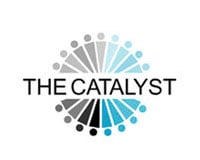Week in Review: The Latest from PhRMA
Check out the latest from PhRMA this week!

Week in Review: The Latest from PhRMA.
Check out the latest from PhRMA this week!

Week in Review: The Latest from PhRMA.
As a physician and chief medical officer at PhRMA, I know how important it is to ensure that patients have access to safe, innovative medicines to help them live longer, healthier lives. But equally important is appreciating when a medicine’s risks have the potential to outweigh its benefits. In such cases, both the U.S. Food and Drug Administration (FDA) and biopharmaceutical manufacturers agree that extra steps have to be taken to help ensure safe use of those therapies.
America’s biopharmaceutical research companies play an important role in supporting patient health and post-market surveillance of medicines. In instances where medicines may pose more serious potential side effects, the FDA may require a biopharmaceutical company to implement additional procedures, called Risk Evaluation & Mitigation Strategies (REMS), to facilitate safe use.
The procedures can take many different forms and vary by medicine. They can also be established when a new medicine is first approved, or after a medicine has been prescribed by physicians for some time.
So what can a REMS program look like? Here are a few examples of common REMS components the FDA may require:
Working with patients, I’ve seen how implementation of REMS programs can help maximize patient benefits while minimizing risks. The current REMS program helps ensure physicians are equipped with the information needed to prescribe medicines safely and provide the best possible care.
REMS represent one of the many ways through which biopharmaceutical companies and the FDA are collaborating to bring cutting-edge therapies to patients in need, while ensuring patient safety is always at the forefront.
Learn more about FDA’s REMS process.